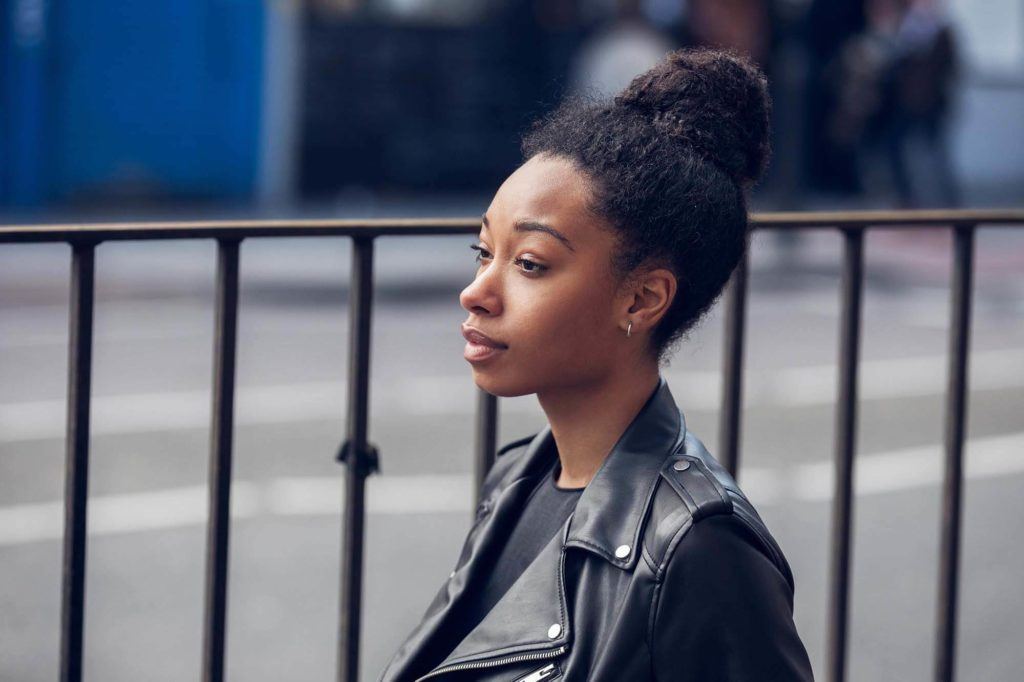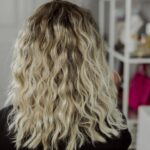Protective Hairstyles for Natural Hair: Braids, Twists, and More
Protective hairstyles are a fantastic way to care for natural hair, helping to prevent damage, retain length, and promote healthy growth. These styles minimize the exposure of hair ends, reduce manipulation, and protect against environmental factors. Here’s an in-depth look at some popular protective hairstyles for natural hair, including braids, twists, and more.
Benefits of Protective Hairstyles
- Length Retention: Protective styles help reduce breakage and split ends, allowing for better length retention.
- Damage Prevention: They shield hair from environmental damage, such as sun exposure, wind, and harsh weather conditions.
- Low Maintenance: These styles require less daily manipulation, reducing the risk of hair damage from constant styling.
- Versatility: Protective hairstyles offer a variety of styling options, allowing for creativity and versatility in hair care.
Types of Protective Hairstyles
1. Box Braids
Box braids are individual plaits that are usually divided by small square-shaped parts or “boxes.” They are versatile and can last for several weeks with proper care.
- Installation: Can be done with or without extensions. Hair is sectioned into small boxes and braided from the root to the ends.
- Maintenance: Keep the scalp moisturized and clean. Use a light oil or leave-in conditioner.
- Styling Options: Can be styled in buns, ponytails, or left down.
2. Senegalese Twists
Senegalese twists, also known as rope twists, involve twisting extensions into the natural hair to create a smooth, rope-like appearance.
- Installation: Extensions are used to twist the natural hair in small sections, usually starting from the root.
- Maintenance: Regularly moisturize the twists and the scalp. Sleep with a satin bonnet or scarf to reduce frizz.
- Styling Options: Can be worn in various updos, ponytails, or left flowing.
3. Cornrows
Cornrows are braids that are braided close to the scalp in straight lines or intricate patterns.
- Installation: Hair is sectioned and braided close to the scalp, often in straight lines or geometric patterns.
- Maintenance: Keep the scalp clean and moisturized. Cover at night to maintain the style.
- Styling Options: Can be styled into buns, updos, or combined with other styles like box braids.
4. Two-Strand Twists
Two-strand twists are created by wrapping two sections of hair around each other from root to tip.
- Installation: Hair is divided into sections and twisted in pairs from the root to the ends.
- Maintenance: Keep the twists moisturized and avoid excessive manipulation. Cover at night to preserve the style.
- Styling Options: Can be worn down, in buns, or updos. They can also be unraveled for a twist-out style.
5. Bantu Knots
Bantu knots are small, coiled buns that are created by twisting sections of hair and wrapping them around themselves.
- Installation: Hair is sectioned and twisted into small knots, secured at the base.
- Maintenance: Keep the knots moisturized and cover at night. They can be left in or unraveled for a curly style.
- Styling Options: Can be worn as knots or unraveled for voluminous curls.
6. Faux Locs
Faux locs mimic the look of traditional locs but are created using extensions.
- Installation: Extensions are wrapped around the natural hair to create the appearance of locs.
- Maintenance: Keep the scalp clean and moisturized. Avoid heavy products that can cause buildup.
- Styling Options: Can be styled in various ways, including updos, buns, and ponytails.
7. Halo Braid
Halo braids involve braiding the hair around the head like a crown.
- Installation: Hair is braided around the perimeter of the head, creating a halo effect.
- Maintenance: Keep the braid moisturized and cover at night.
- Styling Options: This elegant style can be worn for formal occasions or casual outings.
8. Crochet Braids
Crochet braids involve crocheting extensions into the natural hair, which is usually braided into cornrows.
- Installation: Hair is cornrowed, and extensions are crocheted into the braids using a crochet hook.
- Maintenance: Keep the scalp clean and moisturized. Avoid heavy products that can weigh down the extensions.
- Styling Options: Can be styled in various ways depending on the type of extensions used, such as curls, twists, or straight hair.
9. Flat Twists
Flat twists are similar to cornrows but involve twisting the hair against the scalp.
- Installation: Hair is sectioned and twisted flat against the scalp in rows.
- Maintenance: Keep the twists moisturized and cover at night.
- Styling Options: Can be styled in updos, buns, or combined with other styles.
10. Wigs and Weaves
Wigs and weaves offer a protective style by covering the natural hair entirely.
- Installation: Natural hair is cornrowed, and a wig or weave is installed over it.
- Maintenance: Keep the natural hair clean and moisturized underneath. Remove the wig or weave periodically to care for your natural hair.
- Styling Options: Offers endless styling possibilities without manipulating your natural hair.
Tips for Maintaining Protective Hairstyles
- Moisturize Regularly: Use a light leave-in conditioner or oil to keep your hair and scalp hydrated.
- Cleanse the Scalp: Use a gentle cleanser or dry shampoo to keep your scalp clean without disrupting the style.
- Protect at Night: Wear a satin or silk bonnet, scarf, or use a satin pillowcase to reduce friction and frizz.
- Avoid Tension: Ensure that the protective style is not too tight to prevent stress on the hairline and scalp.
- Take Breaks: Allow your hair to rest between protective styles to avoid over-manipulation and stress.
Conclusion
Protective hairstyles are a wonderful way to maintain the health and length of natural hair while offering versatility and style. From box braids and Senegalese twists to faux locs and wigs, there are numerous options to suit different preferences and hair types. By properly caring for and maintaining these styles, you can enjoy the benefits of protective hairstyles while keeping your natural hair healthy and strong.



